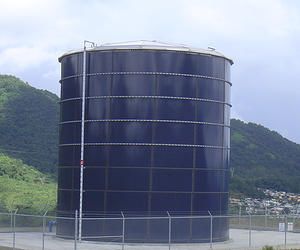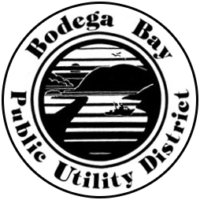BBPUD currently operates seven freshwater wells to meet municipal water demand within its service area. In addition to the well located adjacent to Salmon Creek, the District operates two wells located within the Dunes State Park, three wells at the Roppolo well site and one well site located at 1681 Bay Flat Rd. These additional wells are interconnected with the District’s water distribution system and are used, on-demand, to meet seasonal supply demand within the District’s service area. Since these alternative wells are located along the western side of Bodega Bay, water supplies to this groundwater aquifer are independent of surface water flows within Salmon Creek. Therefore, seasonal operation of the alternative water supply wells to meet service area demand during periods when the Salmon Creek well has been curtailed are independent and will not result in impacts to surface water flows affecting aquatic habitat within Salmon Creek. The District is continuing to explore alternative water supply sources that will further augment seasonal supplies available to meet local demand.
Water Storage and Distribution
Bodega Bay Public Utility District was formed in 1948, for the purpose of furnishing potable water within the District boundaries.The District operates water treatment facilities and maintains over 21 miles of water mains.The District currently has 1,058 water connections and over 2 million gallon storage capacity


Water Conservation Tips:
There are a number of ways to save water, and they all start with you.
- When washing dishes by hand, don’t let the water run while rinsing. Fill one sink with wash water and the other with rinse water.
- Some refrigerators, air conditioners and ice-makers are cooled with wasted flows of water. Consider upgrading with air-cooled appliances for significant water savings.
- Adjust sprinklers so only your lawn is watered and not the house, sidewalk, or street.
- Run your clothes washer and dishwasher only when they are full. You can save up to 1,000 gallons a month.
- Choose shrubs and groundcovers instead of turf for hard-to-water areas such as steep slopes and isolated strips.
- Install covers on pools and spas and check for leaks around your pumps.
- Use the garbage disposal sparingly. Compost vegetable food waste instead and save gallons every time.
- Plant in the fall when conditions are cooler and rainfall is more plentiful.
- Monitor your water bill for unusually high use. Your bill and water meter are tools that can help you discover leaks.
- Water your lawn and garden in the morning or evening when temperatures are cooler to minimize evaporation.
